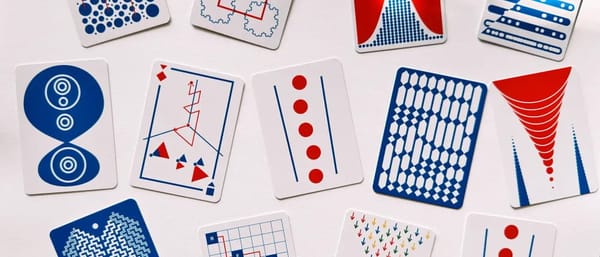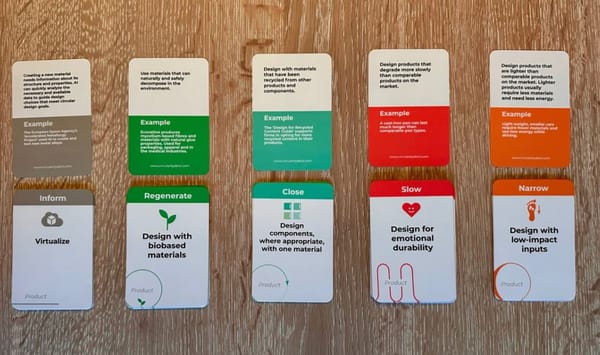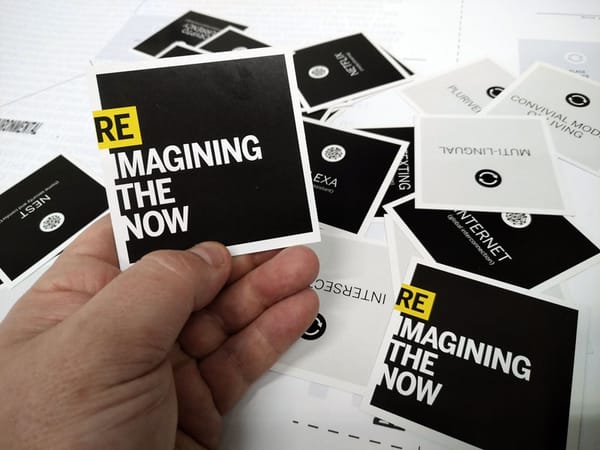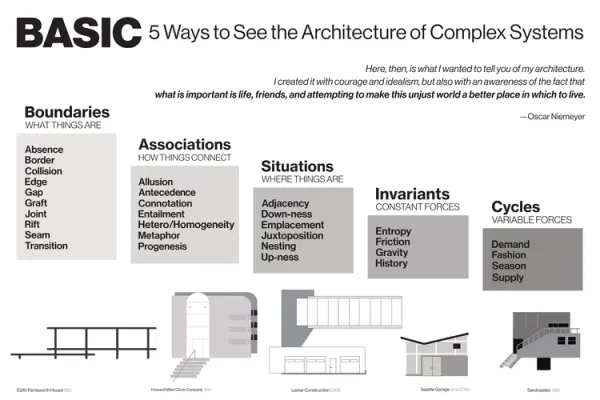№ 58 | LEGO How We Create Inspiration Deck, “How to turn your Neighborhood into a Village,” 3 Types of Recurring Tasks, the Ask/Tell Matrix, and “This is Information”
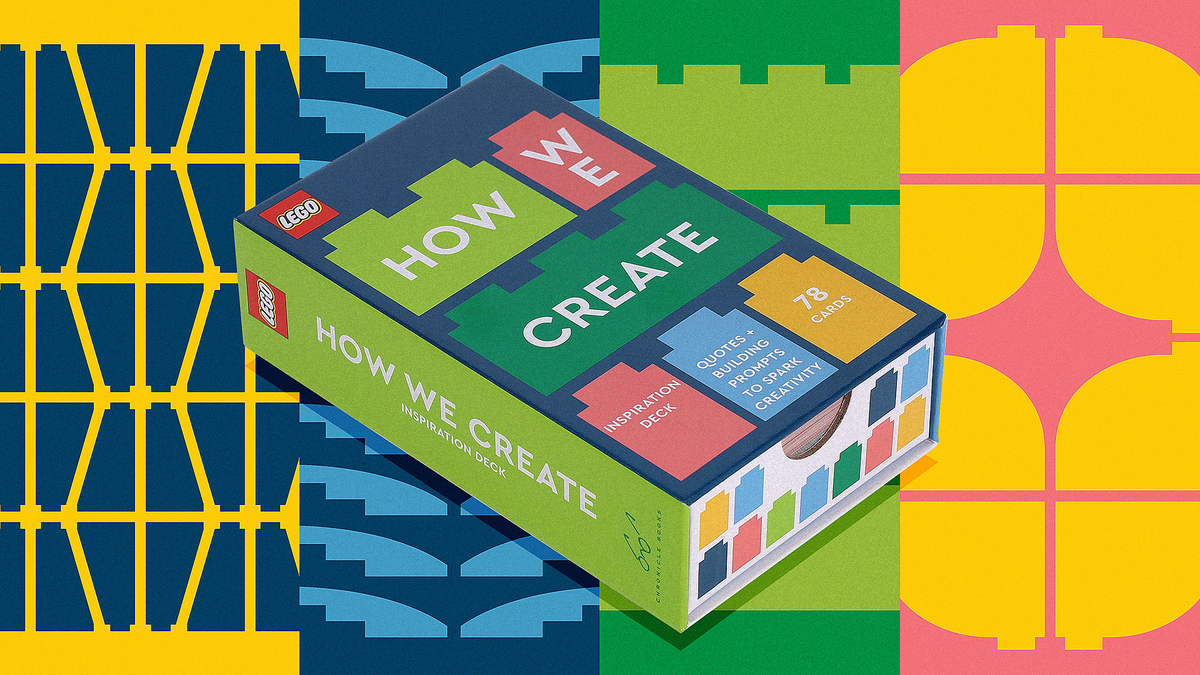
LEGO How We Create Inspiration Deck
Another card deck! Essentially, 78 “quotes + building prompts to spark creativity” crowdsourced from LEGO employees.
Chronicle blasted four questions out to Lego employees not just in Billund, but also to every corner of the brand’s ecosystem around the world: What motivates you to be creative or innovative? What is your earliest memory of creating something original? What is something a child has taught you about creativity or innovation? And finally, the query that got the ball rolling in the first place: How do you maintain your creative muscles?
The sum toll of the Lego hivemind’s wisdom can now be found not in a book, but rather a deck of 78 cards…
Here's an archived Fast Company article that previews 10 of these cards. And here’s the page on Chronicle books where you can purchase them.

“How to turn your Neighborhood into a Village”
I really enjoyed this bit of speculative architecture—and the community (perhaps Solarpunk?) concepts—driving this makeover: How to turn your Neighborhood into a Village.
Architect Mark Lakeman, founder of Communitecture Architecture and the City Repair Project, initiated a movement in Portland to transform the homogenous neighborhoods of the city into places that have many of the qualities and characteristics that are found in some of the most treasured villages on Earth.
Capture Recurrence
Here's a short piece on capturing recurring tasks. I especially like this simple classification of three types of recurrence: recurring tasks, procedures, and templates.

Ask/Tell Matrix
At first glance, I thought this was like the Will/Skill Matrix used in coaching. No, it's a simple 2x2 for identifying your Consulting style. Or, maybe to help you be more conscious of which consulting role you might play for a given situation?

“This is Information”
I’ll end with this poignant piece, shared by comics author Nick Sousanis…
This comic really shaped what would be my approach to comics starting w/"Show of Hands" in 2004 going forward. See that here.
It's the final page from Alan Moore & Melinda Gebbie's work “This is Information” —a short (6 page) comic created for the 9-11 Volume 1: Artists Respond (2002) anthology.

Nick kindly posted all six pages on his Mastodon account.


